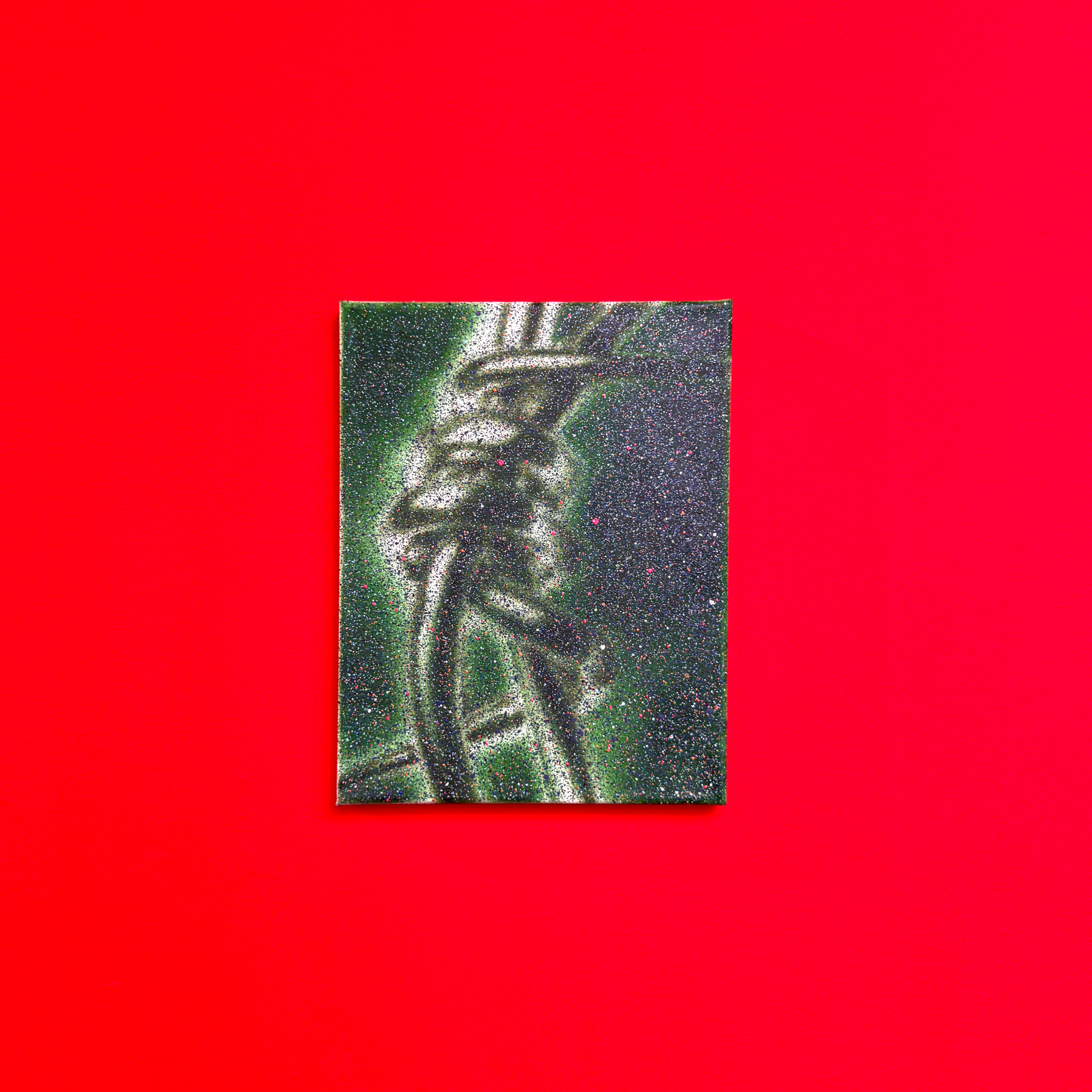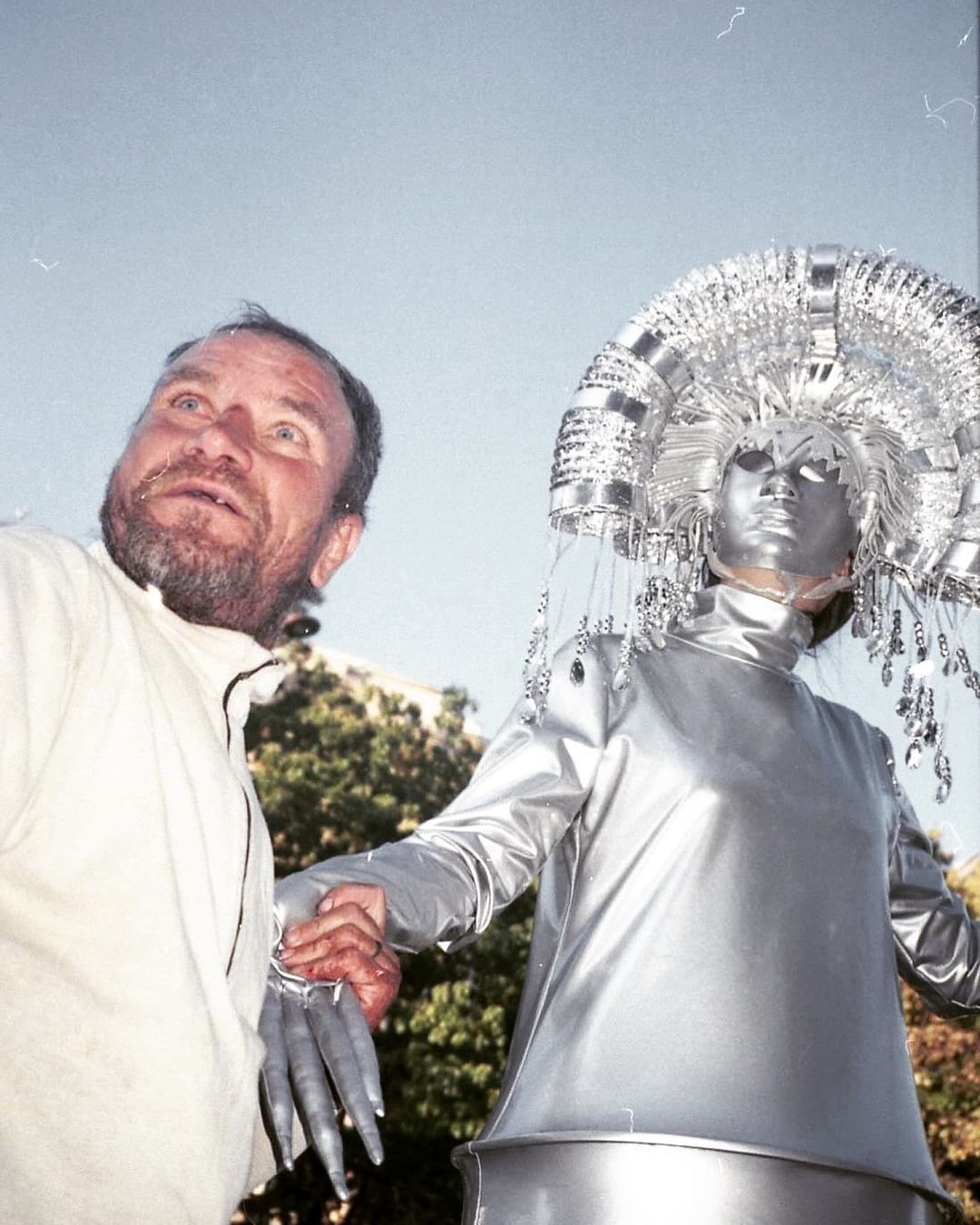Mihai Barabancea (b. 1983, Bucharest) is a Romanian visual artist and photographer whose work operates at the intersection of raw documentary, radical aesthetics, and subcultural anthropology. Known for his visceral depictions of life on society’s margins, Barabancea has emerged as a singular voice in post-communist Eastern European photography, confronting viewers with unflinching images that defy sanitized narratives of urban life.
Barabancea first came to prominence through the graffiti and street art underground of early 2000s Bucharest—a city still reeling from the systemic collapse of communism and the chaotic influx of global capitalism. His camera became a weapon of both observation and resistance, used not to beautify but to expose, critique, and destabilize. He documents the “other Romania”—drug users, sex workers, street kids, abandoned buildings, and the forgotten rituals of the everyday poor—not as a voyeur but as a deeply embedded witness. The intensity of his gaze recalls the confrontational energy of Nan Goldin or Boris Mikhailov, while the post-industrial texture of his settings calls to mind the urban psychogeography of Eastern Bloc ruin.
His breakthrough publication “Falling on Blades” (2016), released by Edition Patrick Frey, marked a pivotal moment in Barabancea’s career. The book is a brutal, poetic exploration of social trauma, poverty, and resistance in post-socialist Romania. Shot in black-and-white with a high-contrast, almost cinematic grain, the images oscillate between moments of shocking intimacy and surreal detachment. There is no moralizing here—only raw presence. His subjects, often caught in between survival and self-destruction, appear neither glorified nor condemned, but hauntingly human.
In 2018, Barabancea’s series “Overriding Sequences” won the prestigious Gomma Photography Grant, gaining him international recognition for his formal boldness and thematic urgency. In these works, Barabancea intensifies his visual language, incorporating digital interference, analog glitches, and near-abstraction to challenge the boundaries of photographic legibility. The “sequence” becomes a conceptual metaphor for memory loops, systemic failure, and trauma repeating itself across generations.
Barabancea’s practice refuses neutrality. His work polarizes, often drawing criticism for its graphic content or perceived lack of distance. Yet this is precisely where its artistic power resides. He confronts the politics of representation head-on, exposing the hypocrisy of sanitized art spaces while compelling institutions to acknowledge the aesthetics of discomfort. In doing so, he poses urgent questions: Who gets to be seen? Under what conditions? And at what cost?
His photography has been exhibited internationally, but Barabancea remains grounded in Bucharest’s underground art scene, continuing to work independently and self-publish. His presence in the broader discourse of contemporary photography aligns him with artists dismantling Western-centric narratives—placing Eastern Europe’s post-transition realities firmly within the global conversation on marginality, decay, and resilience.
Selected Works & Exhibitions:
-
Falling on Blades (Edition Patrick Frey, 2016)
-
Overriding Sequences (Winner, Gomma Photography Grant, 2018)
-
Group exhibitions in Berlin, Vienna, and Bucharest focused on post-Soviet identity and countercultural aesthetics
Themes:
-
Marginality & social exclusion
-
Post-communist transition
-
Youth culture and subversion
-
Photographic ethics and the aesthetics of the real
Publications & Representation:
-
Edition Patrick Frey (Zurich)
-
Featured in Vice, The Calvert Journal, and LensCulture
-
Independent zines and underground photo books circulated across Europe
this

↳ Details
↳ Tags
and that




